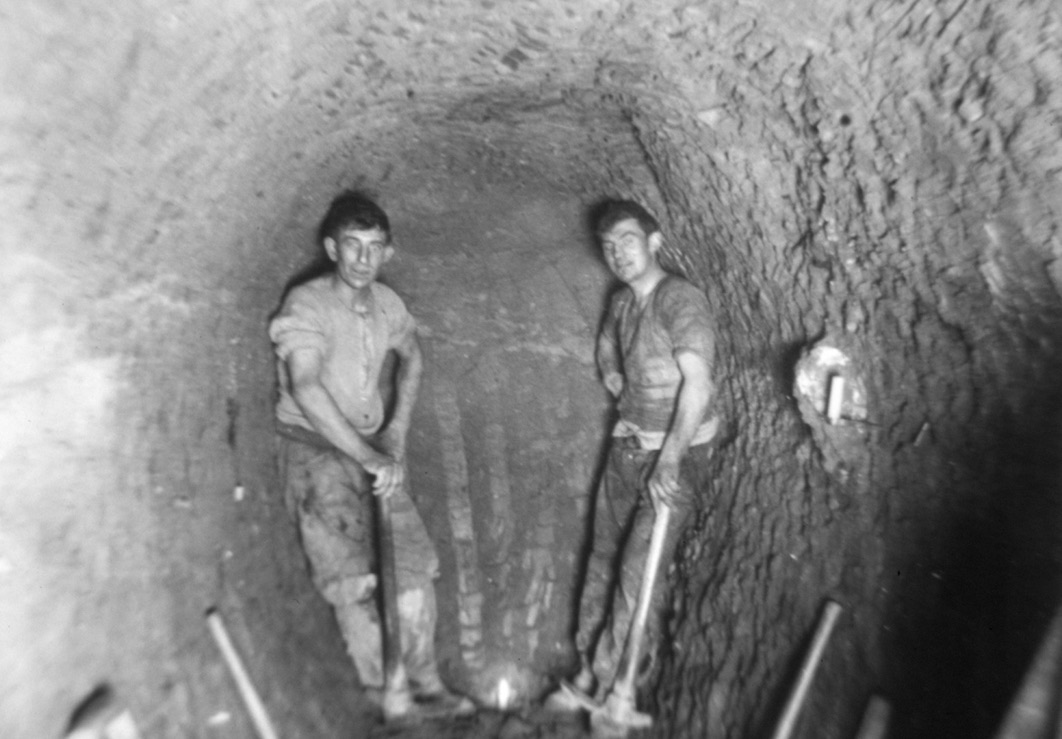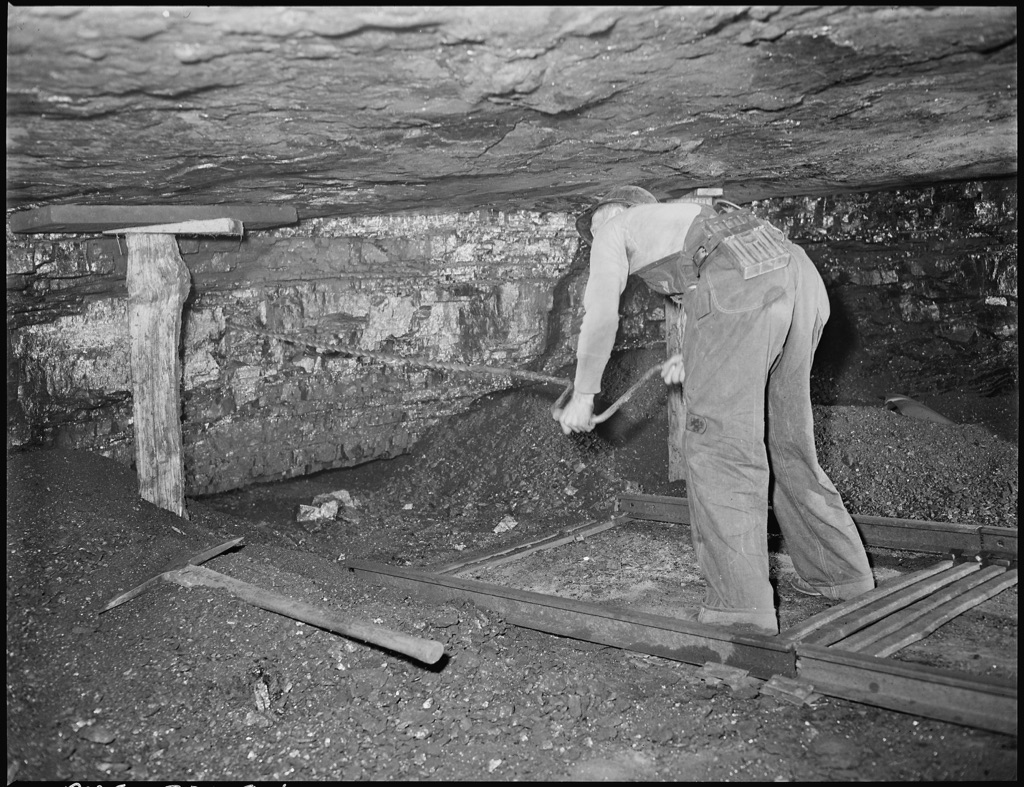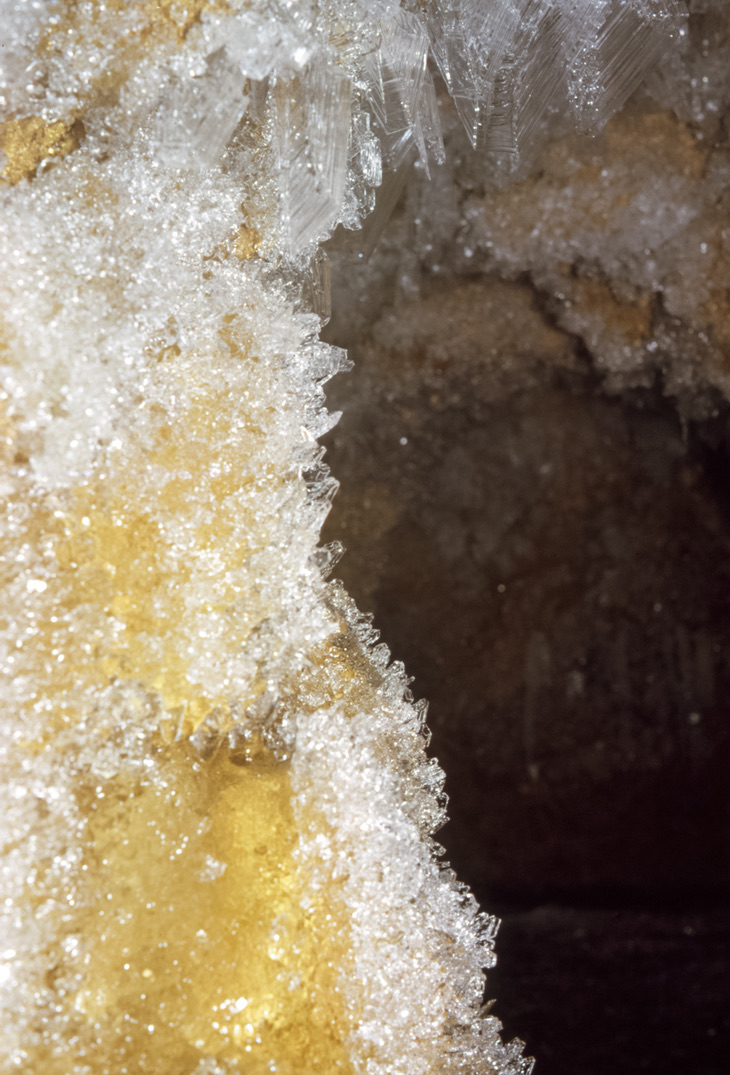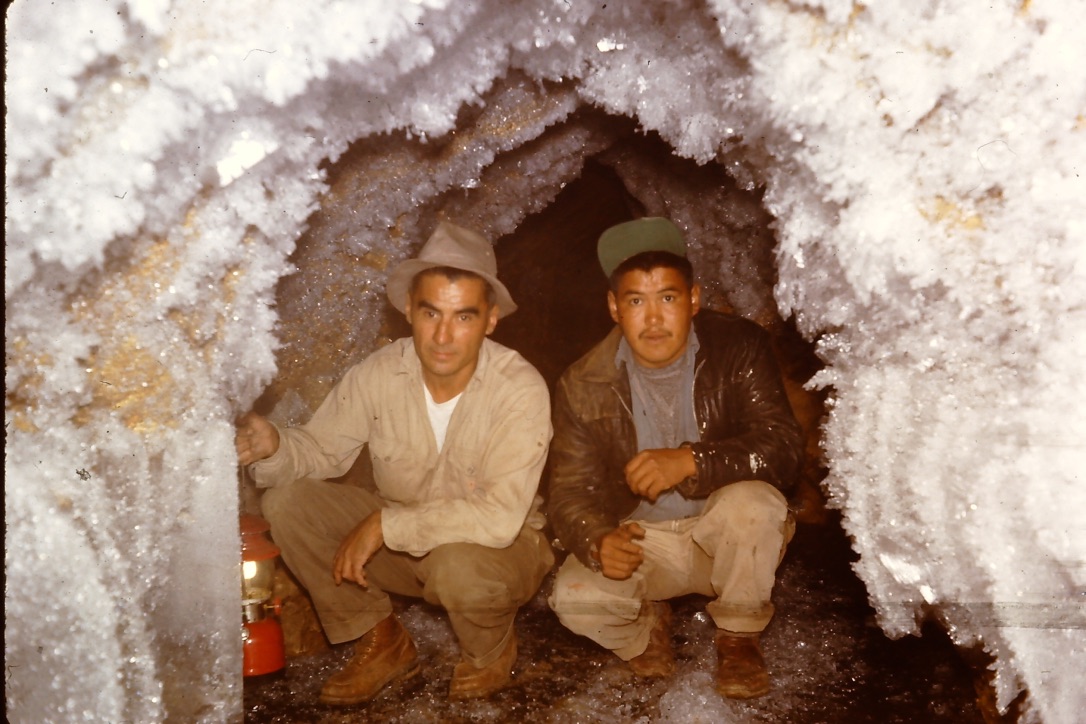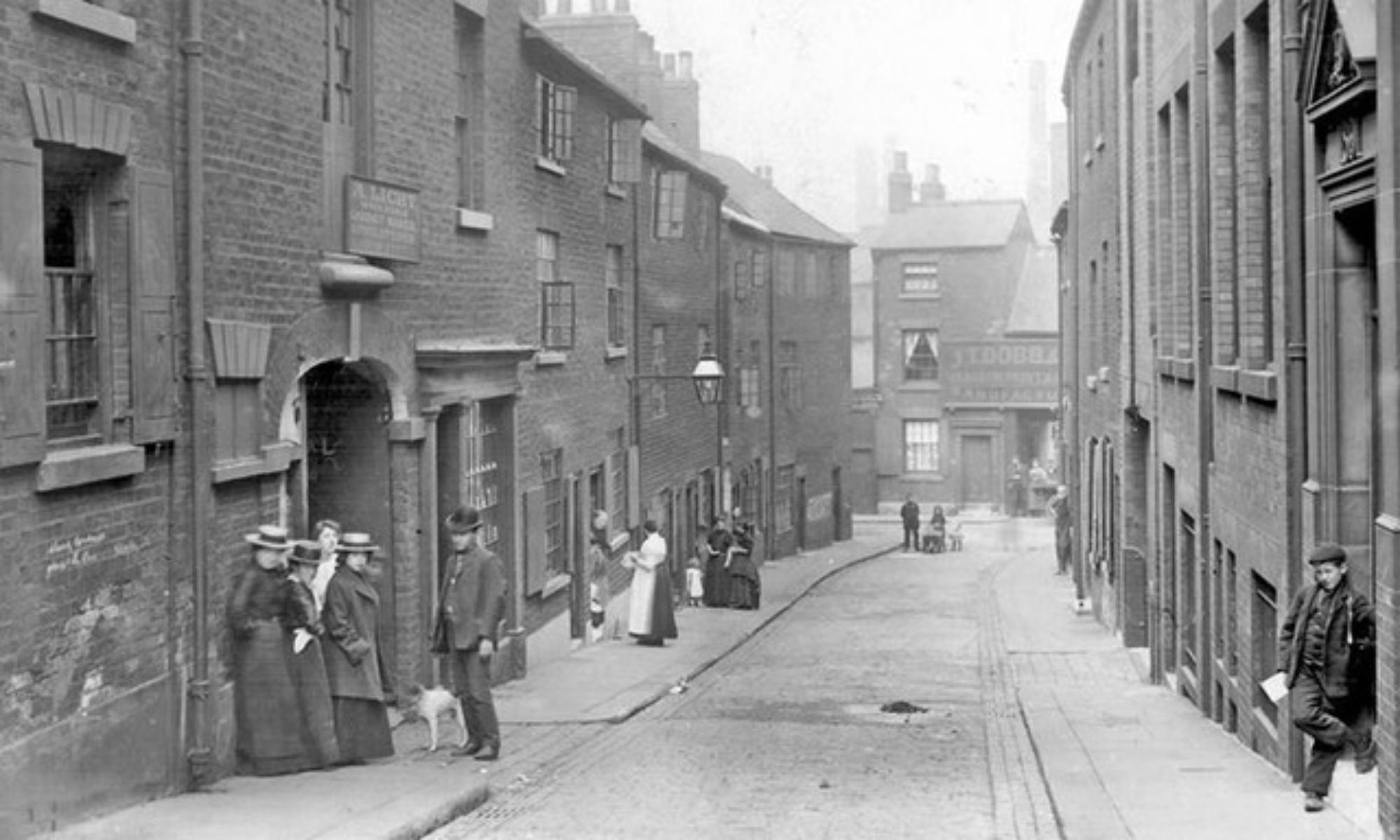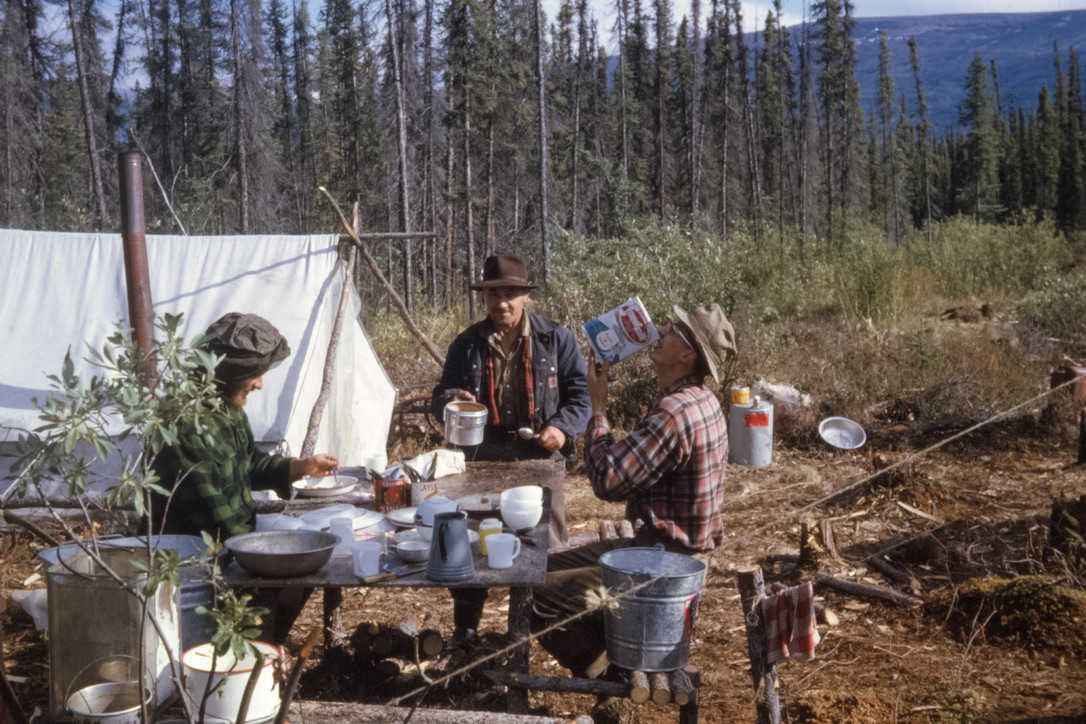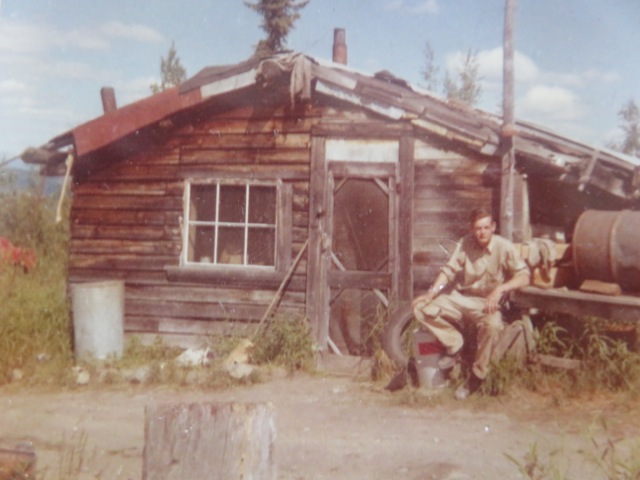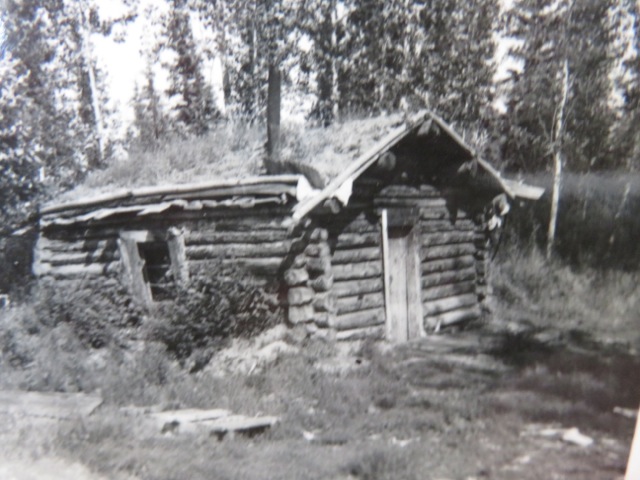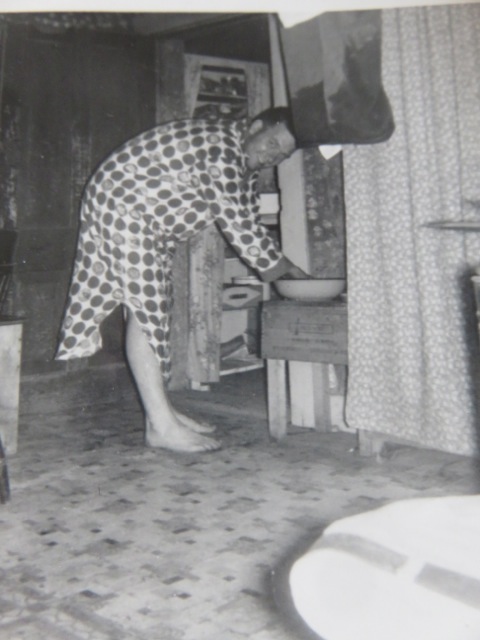Correction of error in episode 23e
where I say poop, it should say pool (WHAT A STUPID ERROR)
EPISODE 235 YUKON DIARY THE “SPORTING GIRLS” OF KENO CITY (I.E. PROSTITUTES)
EPISODE 235 YUKON DIARY THE “SPORTING GIRLS” OF KENO CITY (I.E. PROSTITUTES)
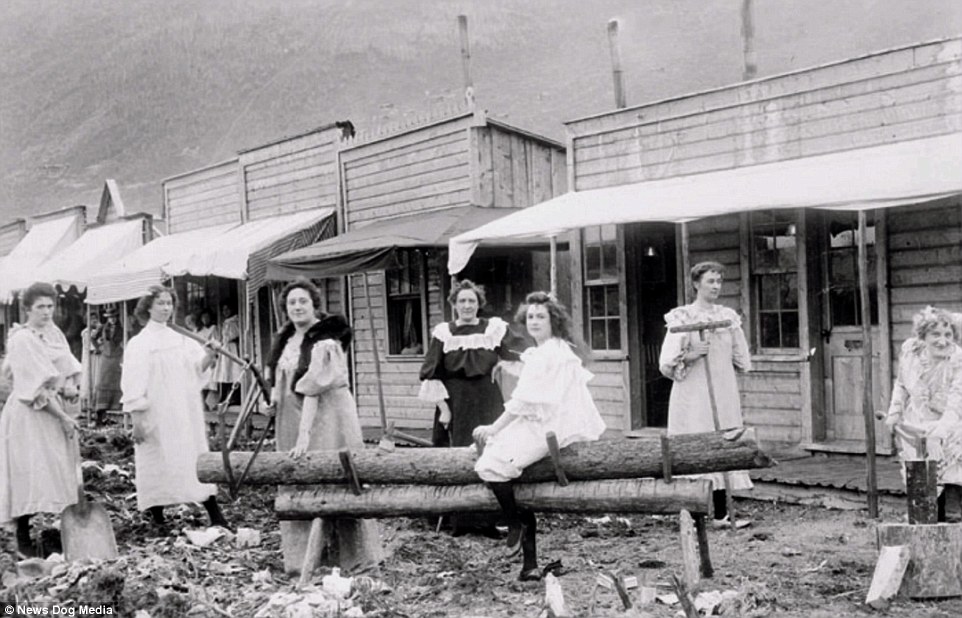
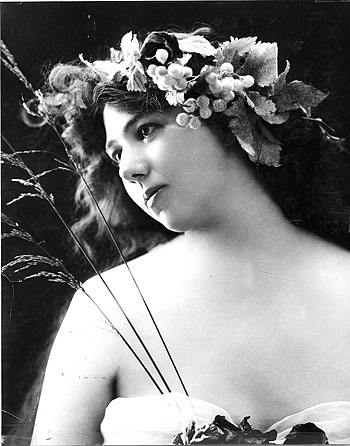
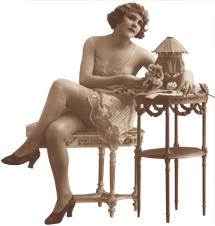
The Yukon’s dance hall queen
‘The men did not come to the Yukon for the gold; they came to see me,” Klondike Kate Rockwell, perhaps one of the most well-known dance hall girls during the Klondike Gold Rush, is quoted as saying.
Klondike Kate was born Kathleen Eloisa Rockwell in Kansas in 1876.
It was a date she would often forget throughout her life, claiming to have been born in 1880, 1882, and even 1892.
As a young woman Kate was beautiful and full of life.
“My father showered luxury on me,” Kate told a biographer, May Mann, later in life. “How could anyone imagine that his beloved and indulged stepdaughter, who was being groomed to take her place as a society leader in the city, was destined to become a variety showgirl and a Yukon dance-hall queen?”
She was expelled from a number of boarding schools because of her behaviour.
Kate loved to dance and flirt, especially with older men.
In New York City, Kate took the name ‘Kitty Phillips’ and got a job as a chorus girl in a variety theatre.
There, Kate got her first taste of what the job entailed: “I was told to sit in one of the boxes. An old schoolmate joined my table. ‘Will you have a bottle of wine?’ he invited. ‘Oh, no, thank you,’ I replied. ‘I do not drink wine. I only drink lemonade. A bottle of wine cost five dollars and the box waiter almost fainted. My commission would have been $1.25 a bottle.”
Later one of the girls told Kate that between acts she was expected to sit and drink with the customers on a percentage commission.
“She also showed me how to pour the drinks into the spittoons when the customers were not watching,” said Kate.
She worked in Washington and Oregon before coming north to the Yukon in 1898.
“I shall never forget my first sight of Dawson,” said Kate. “Front Street, facing the Yukon was a solid line of saloons, dance halls and gambling houses.”
During her first year in Dawson City, Kate made $30,000. One night, while wearing her $1,500 gown from Paris, Kate was crowned Queen of the Yukon. The men fashioned a crown from a tin can, and stuck lit candles on the jagged points. The boys went wild as Kate danced with wax dripping into her hair.
While in Dawson Kate fell in love with a Greek waiter named Alexander Pantages.
She supported him for five years as he worked his way up in the theatre.
He sent Kate to Texas for a year to perform and make money. While Kate was gone Alexander met and married a younger girl from the “right side of the tracks.” Heartbroken, Kate sued Alexander for breach of promise to marry her.
“The woman declares that by her earnings as a vaudeville performer in the Klondike during the early strike she enabled Pantages in five years to jump from poverty to riches, from a waiter in a dance hall in Dawson to the position of theatre magnate,” reported the Dawson Daily News in June 1905.
The case was settled out of court, leaving Kate with a settlement of between $5,000 and $60,000, depending on the source.
In 1933, she married John Matson and the pair returned to Dawson City for their honeymoon.
Matson remained in the Klondike and continued mining; he and Kate rarely saw each though they wrote two letters each year.
In 1946, one of Matson’s letters did not arrive on schedule Kate began to worry and soon after his body was found frozen about 12 kilometres from his remote cabin.
Later, Kate settled in Oregon and married twice before passing away peacefully in 1957, at age 80.
The MacBride Museum has a dress, purse and wrap that were owned by the legendary dance hall girl in its collection.
This column is provided by the MacBride Museum of Yukon History. Each week it will explore a different morsel of Yukon’s modern history. For more information, or to comment on anything in this column e-mail lchalykoff@macbridemuseum.com.
EPISODE 235 YUKON DIARY KENO CITY: WHERE IS IT? “AT THE END OF THE WORLD”
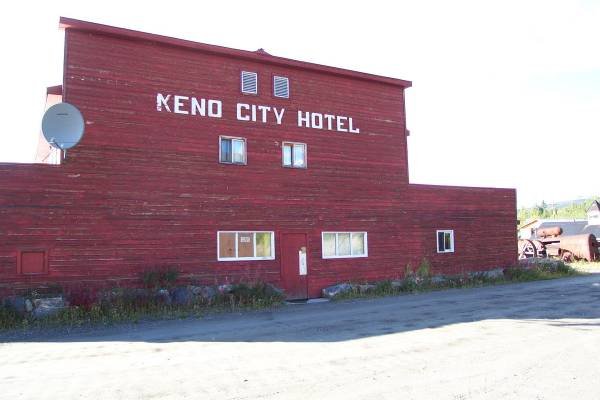
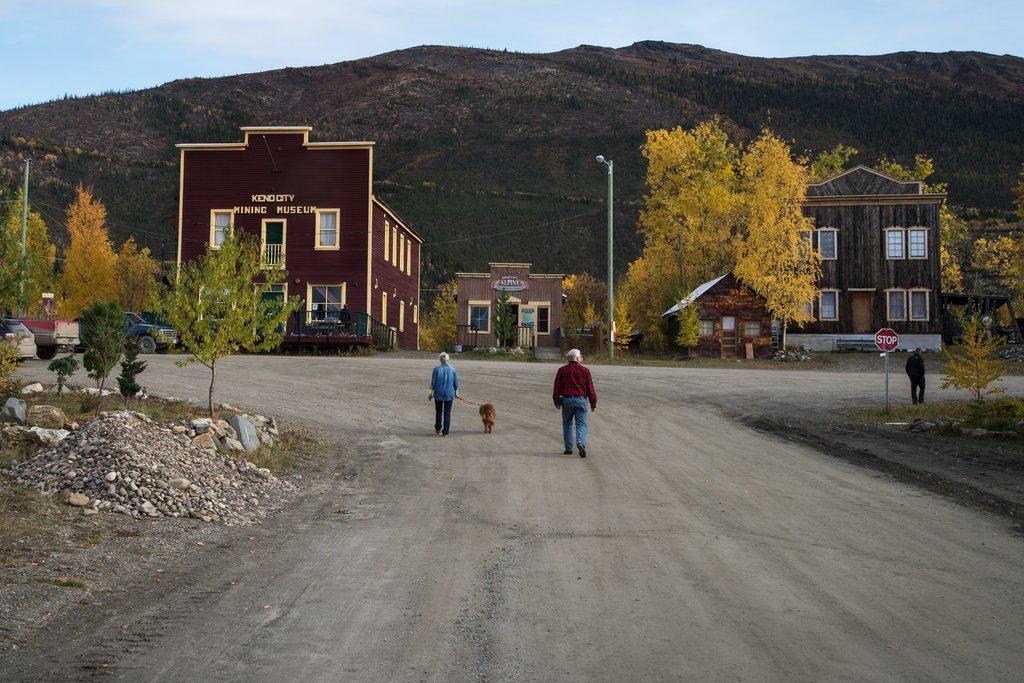
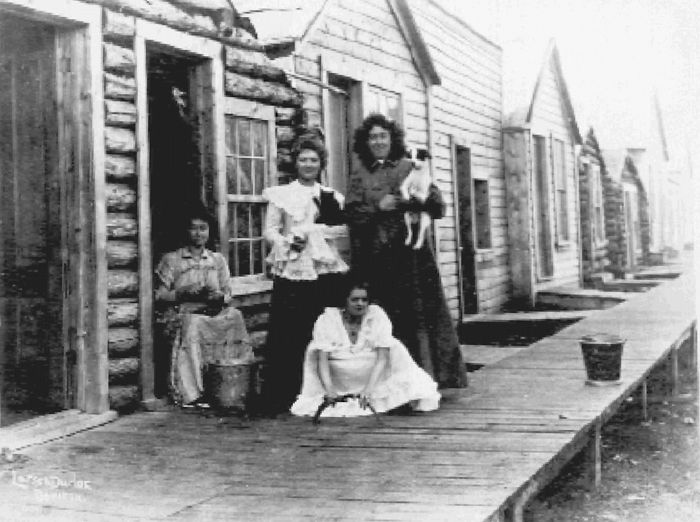
EPISODE 230 YUKON DIARY SUNDAY AUGUST 5, 1962 TO AUGUST 25, 1962: “WHAT CAN GO WRONG, WILL GO WRONG”
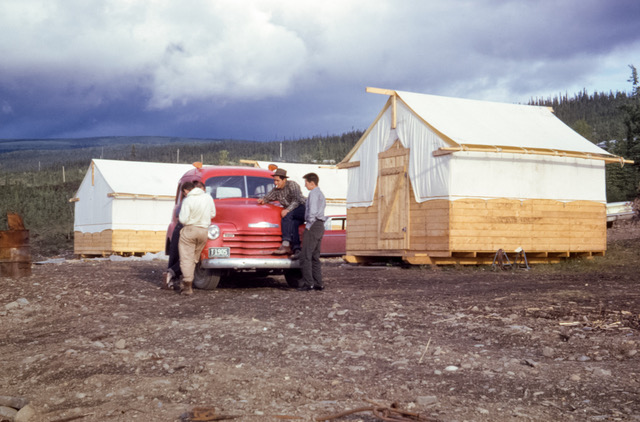

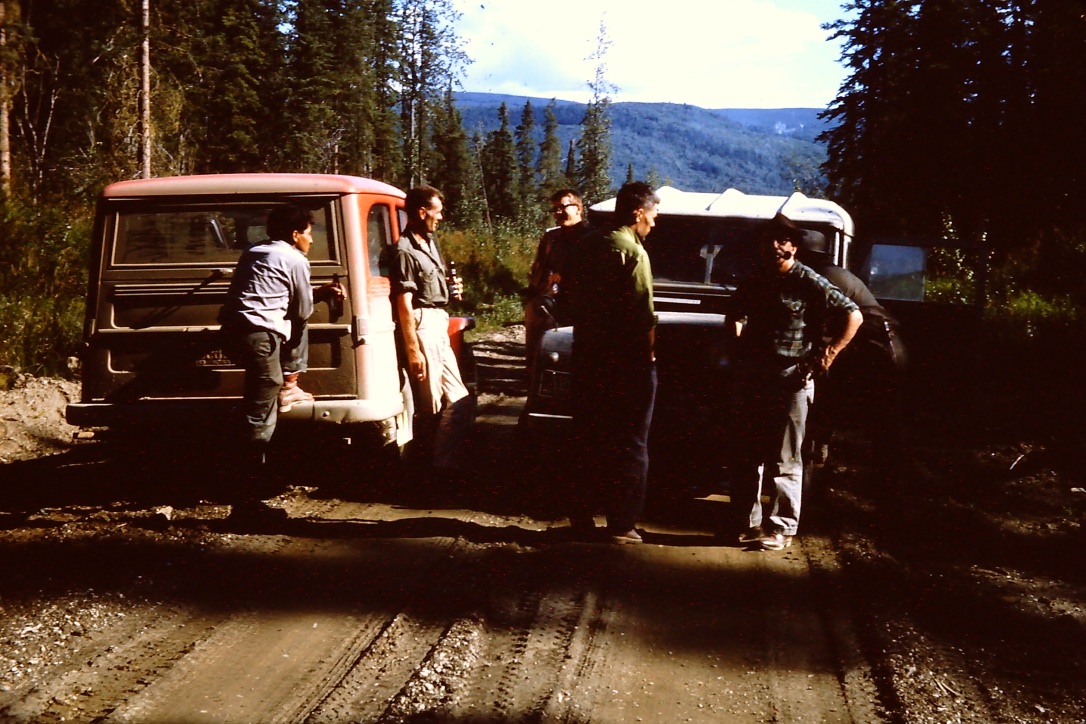
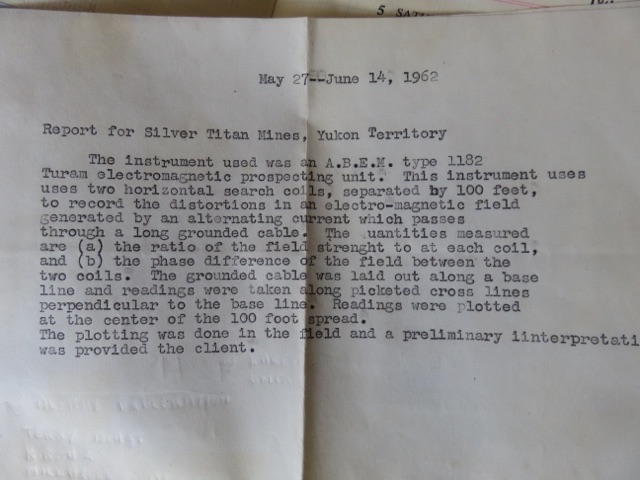
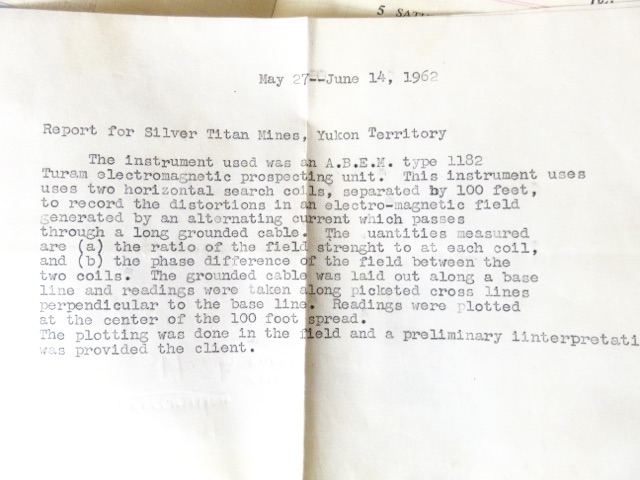
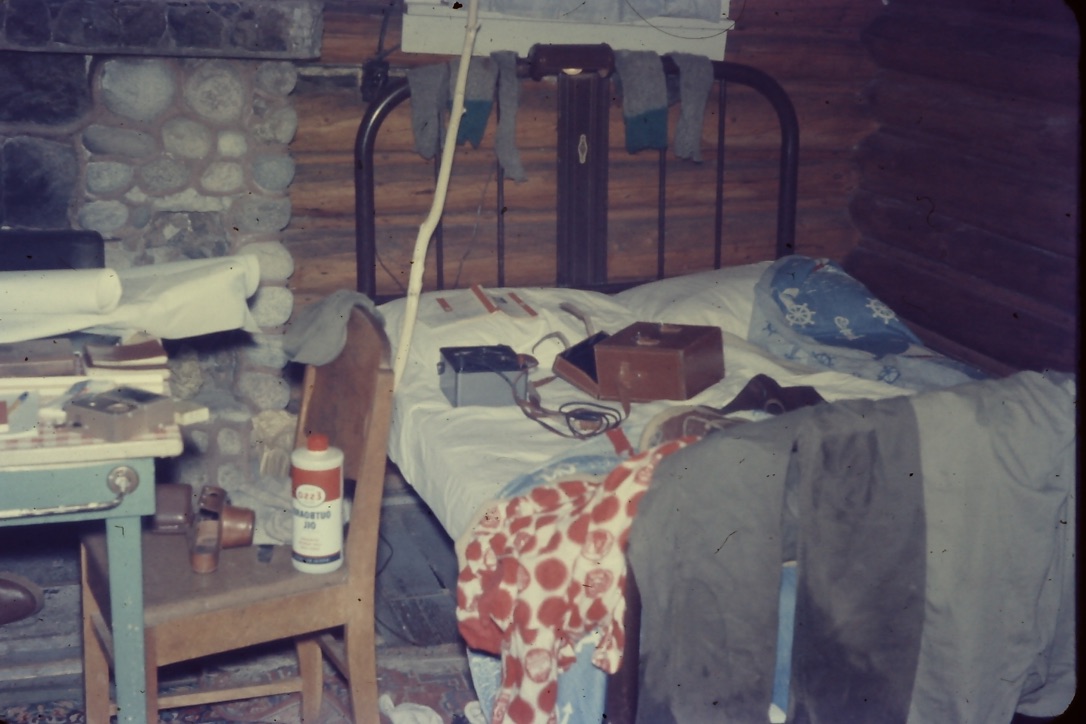

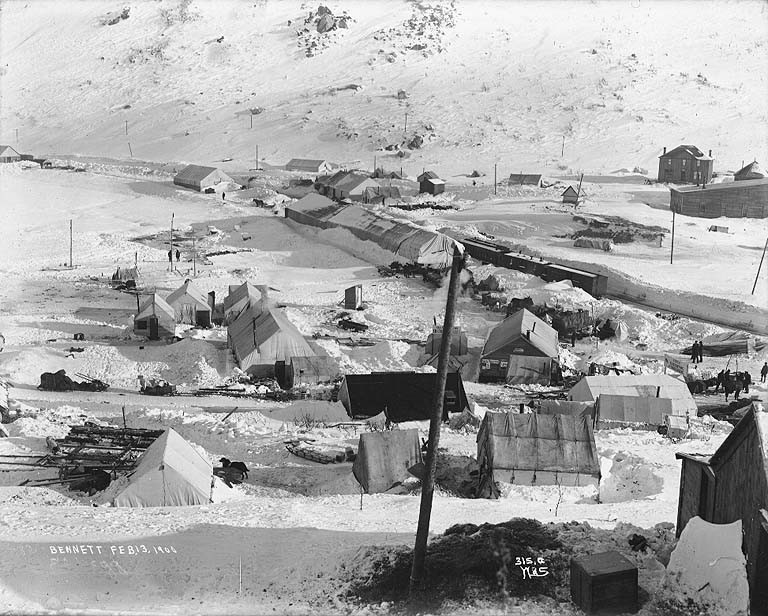
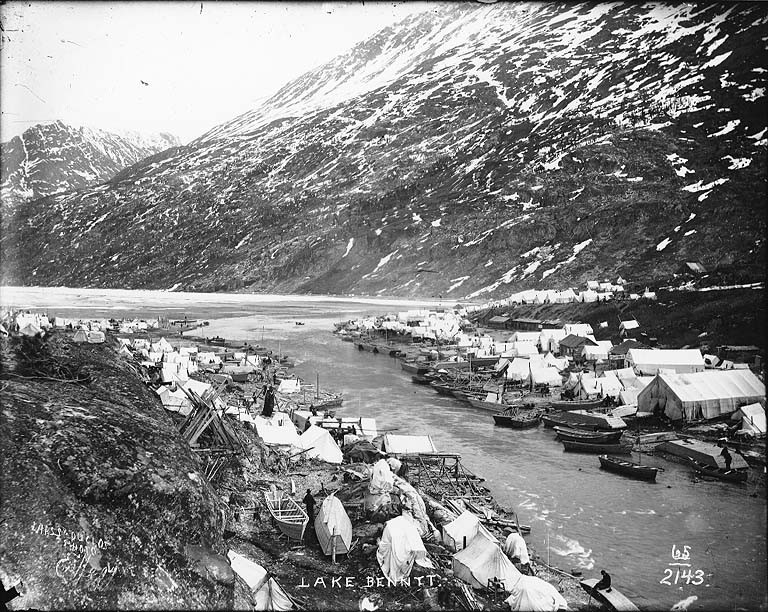
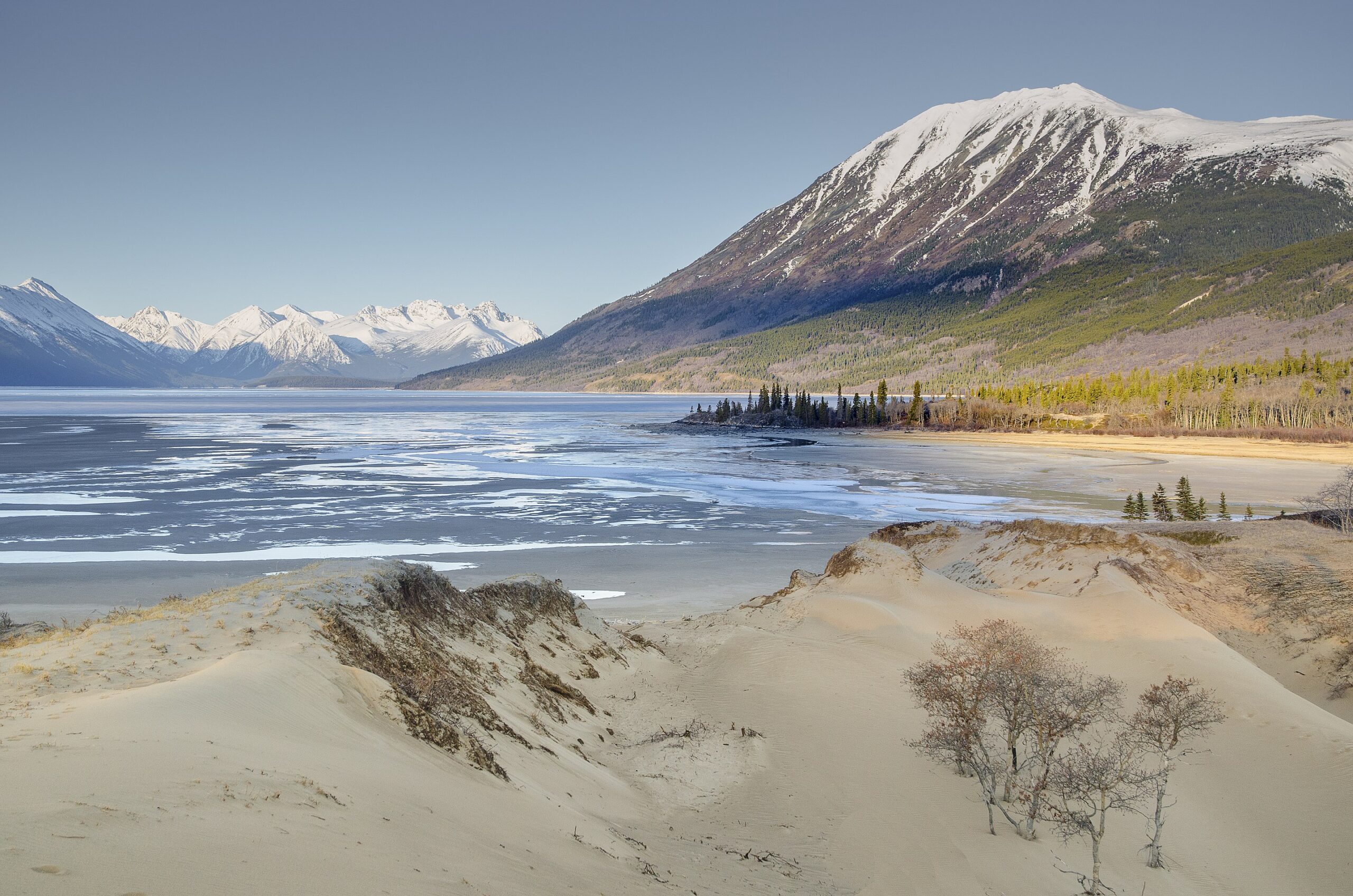

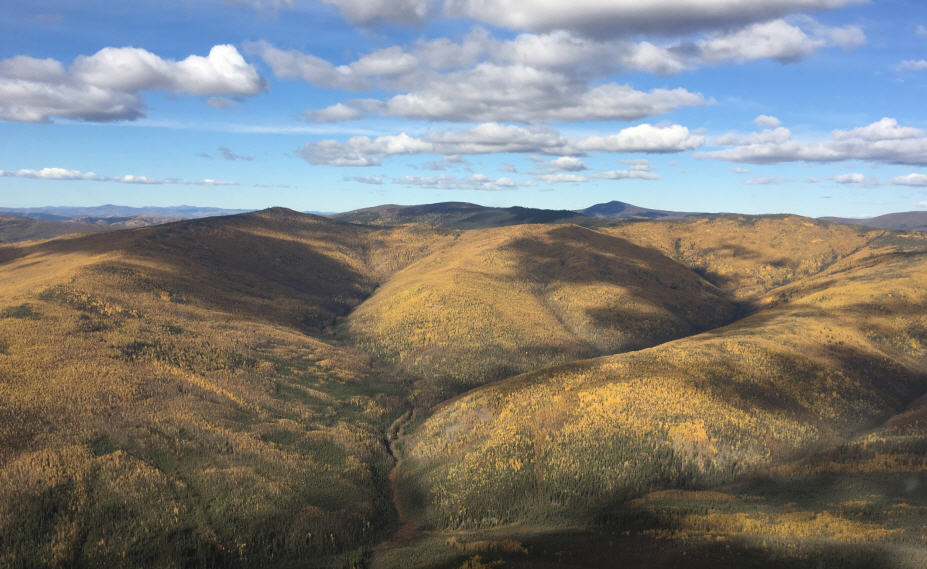 www.mining.com/wp-content/uploads/2019/11/White-Gold-Yukon-300×184.jpg 300w, www.mining.com/wp-content/uploads/2019/11/White-Gold-Yukon-768×471.jpg 768w” sizes=”(max-width: 927px) 100vw, 927px” apple-inline=”yes” id=”7E6716A2-1F02-4DDE-B7BF-240C3A75AC2A” src=”http://alanskeoch.ca/wp-content/uploads/2021/01/White-Gold-Yukon.jpg”>
www.mining.com/wp-content/uploads/2019/11/White-Gold-Yukon-300×184.jpg 300w, www.mining.com/wp-content/uploads/2019/11/White-Gold-Yukon-768×471.jpg 768w” sizes=”(max-width: 927px) 100vw, 927px” apple-inline=”yes” id=”7E6716A2-1F02-4DDE-B7BF-240C3A75AC2A” src=”http://alanskeoch.ca/wp-content/uploads/2021/01/White-Gold-Yukon.jpg”>EPISODE 233 YUKON DIARY YUKON CABIN
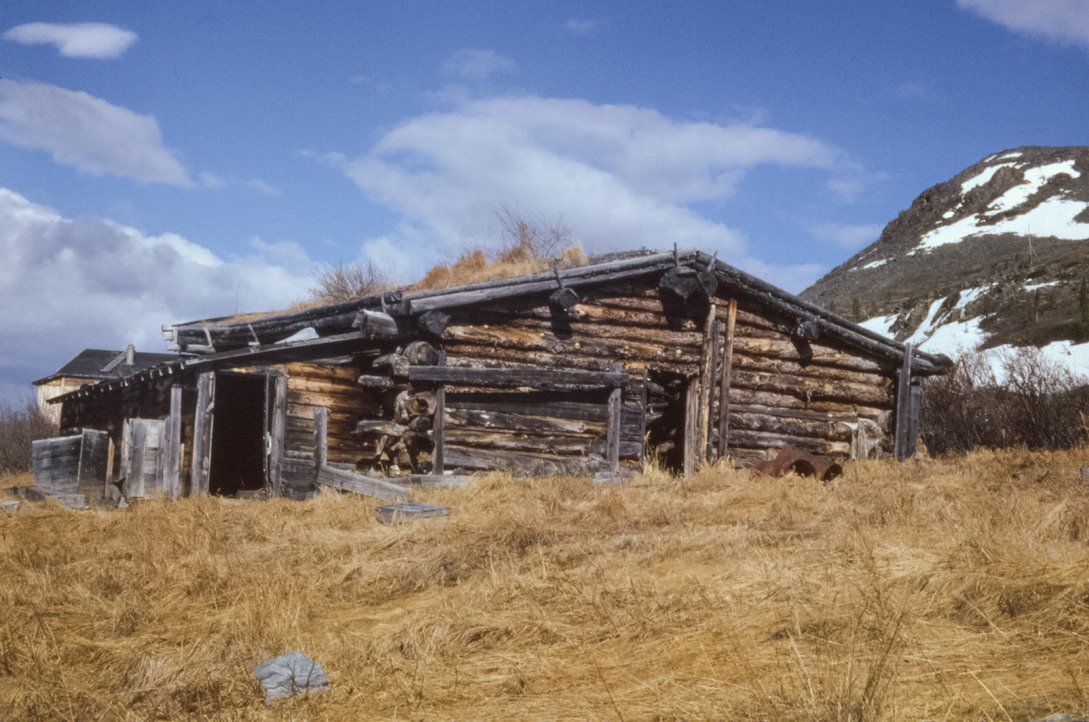


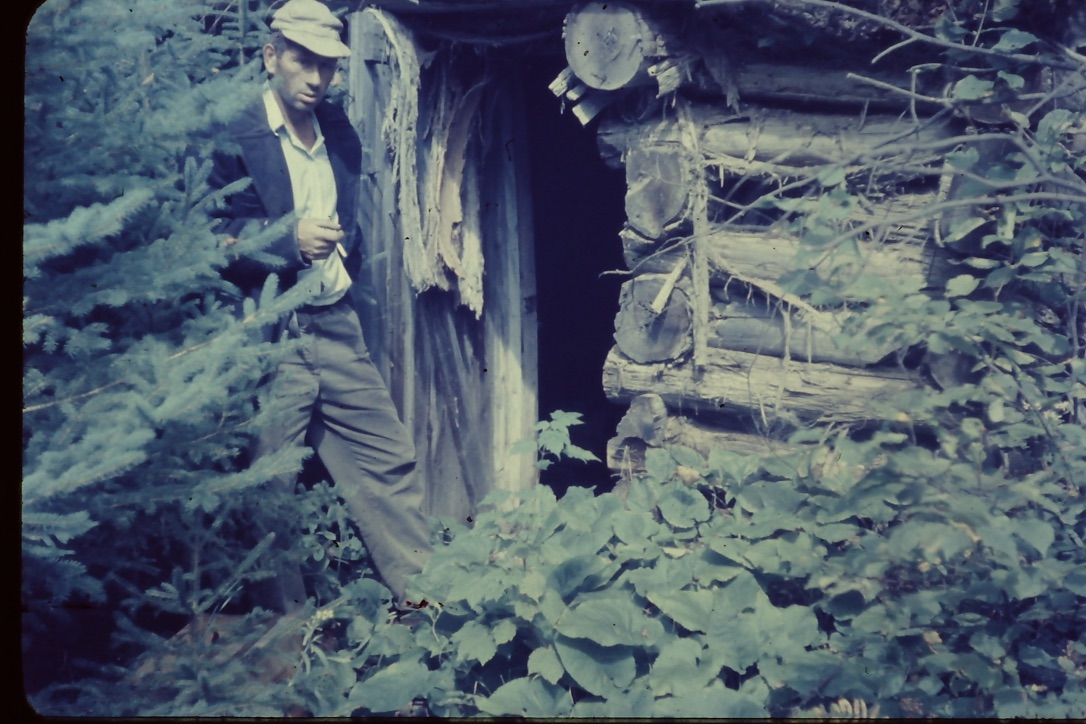
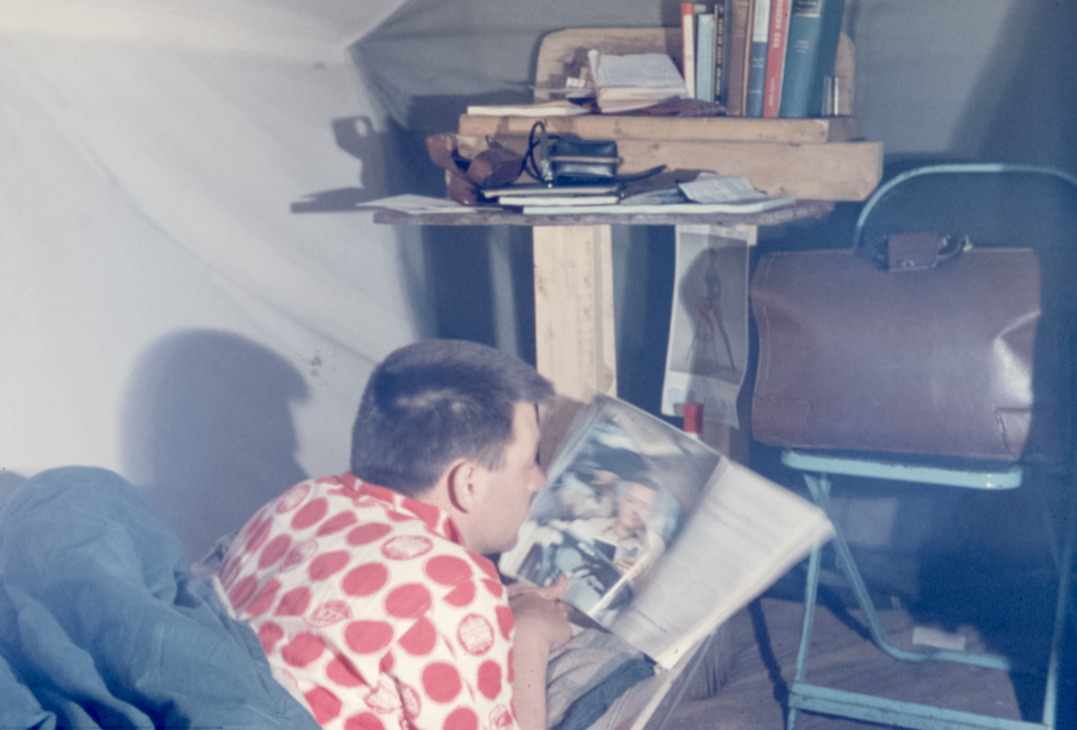
EPISODE 233 YUKON DIARY WHAT WERE THE CONTENTS OF A PROSPECTORS LOG CABIN IN 1930? 1920?
EPISODE 232 YUKON DIARY: MOSES LORD AND HIS PEOPLE, THE “NA CHO NYANG DUN” (people of the great river)




“The First Nation of Na-Cho Nyak Dun represents the most northerly community of the Northern Tutchone language and culture group. In the Northern Tutchone language the Stewart River is called Na Cho Nyak, meaning Big River. The First Nation of Na-Cho Nyak Dun resides in the community of Mayo, Yukon, and a town that had its beginnings during the boom years of the silver mines in the area. First Nation of Na-Cho Nyak Dun’s Traditional Territory covers 162,456 square kilometers of land, that being 131,599 km2 in the Yukon and 30,857 km2 in NWT.
Historically, the First Nation of Na-Cho Nyak Dun lived and trapped throughout the area surrounding Mayo. In early times, the ancestors of the First Nation of Na-Cho Nyak Dun lived off the land, using the rich supply of game animals, fish, birds, and numerous plants for food and for medicinal purposes. Their lifestyle required traveling throughout the First Nation’s traditional territory at various times of the year, for hunting, fishing, and gathering food to survive.
The First Nation of Na-Cho Nyak Dun is culturally affiliated with the Northern Tutchone people of the Pelly Selkirk, and the Carmacks Little Salmon First Nations. These three First Nations form the Northern Tutchone Tribal Council, an organization which deals with matters and issues that affect all three First Nations. The First Nation of Na-Cho Nyak Dun represents the most northerly community of the Northern Tutchone language and culture group. Some of the members of the First nation of Na-Cho Nyak Dun trace their ancestry to the Gwitchin people of Northern Yukon and the Mackenzie people of Eastern Yukon.
The First Nation of Na-cho Nyak Dun is culturally affiliated with the Northern Tutchone people of the Selkirk First Nation and the Little Salmon and Carmacks First Nation. During these times, the Northern Tutchone dictated the terms of exchanges with their foreign trading partners. The oral history of the Na-Cho Nyak Dun also reveals early contact and trade relationships with explorers and traders coming into the area.
The 19th century brought dramatic changes to Yukon First Nations. The First Nation of Na-Cho Nyak Dun readily accepted these new challenges. In 1915, Reverend Julius Kendi arrived at Fraser Falls, where many people of the First Nation of Na-Cho Nyak Dun were drying fish. Reverend Kendi was a Native catechist of the Anglican faith, from the Peel River district. Reverend Kendi asked the First Nation of Na-Cho Nyak Dun to decide on a site where they could establish their own Village. The decision was made to locate two miles below the Village of Mayo on the banks of the Stewart River. Albert Tom was the traditional chief at Village on the Stewart River for 55 years. The area is now known as “The Old Village”.
The First Nation has been very active in the Land Claims movement since its beginnings in 1973. Members of the First Nation of Na-Cho Nyak Dun were instrumental in helping to guide the Council of Yukon First Nations and its member First Nations during the critical times ending in the 1984 breakdown of negotiations and rejection of the agreements. Two of the crucial issues were the absence of self-government and the extinguishment of aboriginal rights. These two important elements, self-government and the retention of aboriginal rights on settlement lands, were eventually included in the 1993 agreements.
The First Nation of Na-Cho Nyak Dun today has a membership of 602. As a self-governing First Nation, the First Nation of Na-Cho Nyak Dun has the ability to make laws on behalf of their citizens and their lands. Under the land claims agreement, the First Nation now owns 4,739.68 square kilometers of settlement lands and has received in compensation $14,554,654 for which a trust has been established. The First Nation has been actively involved in affairs of the Mayo community, attempting to promote a better, healthier lifestyle for its future generations and a strong economy based on its rich natural resources. (Source)”
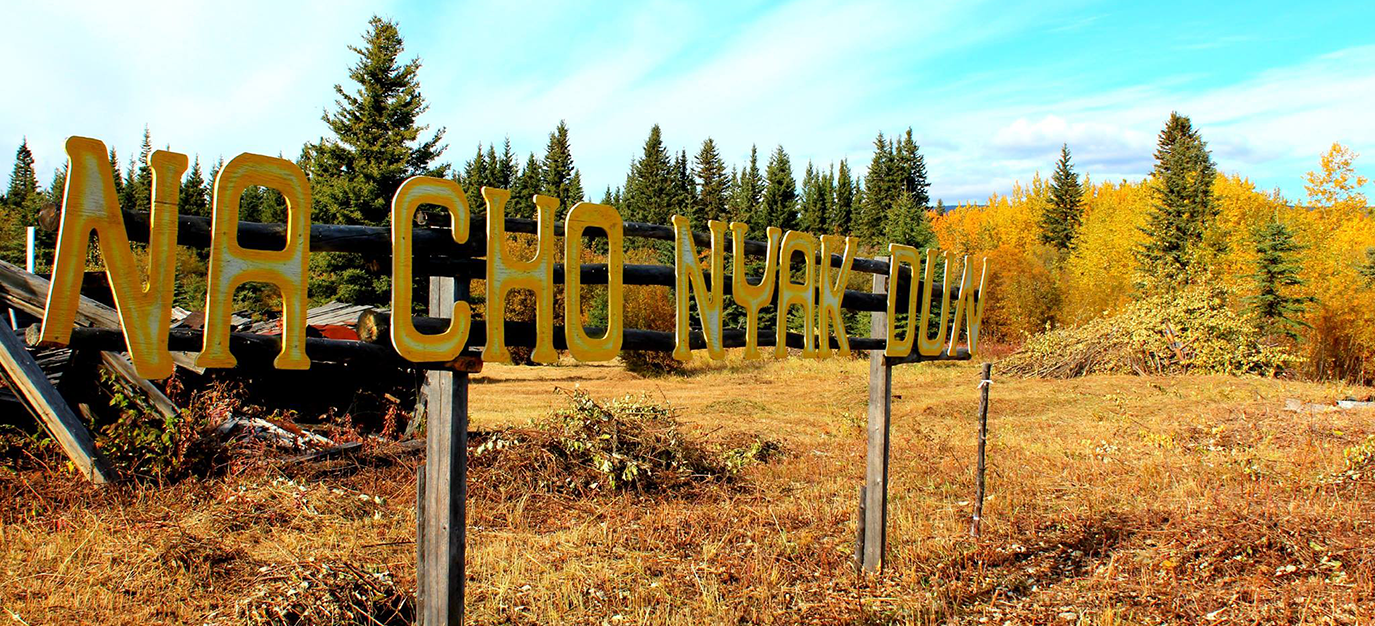
EPISODE 231 JOE BIDEN AND KAMALA HARRIS…AND LORI KEY SINGING ‘AMAZING GRACE’ JAN,. 19, 2021


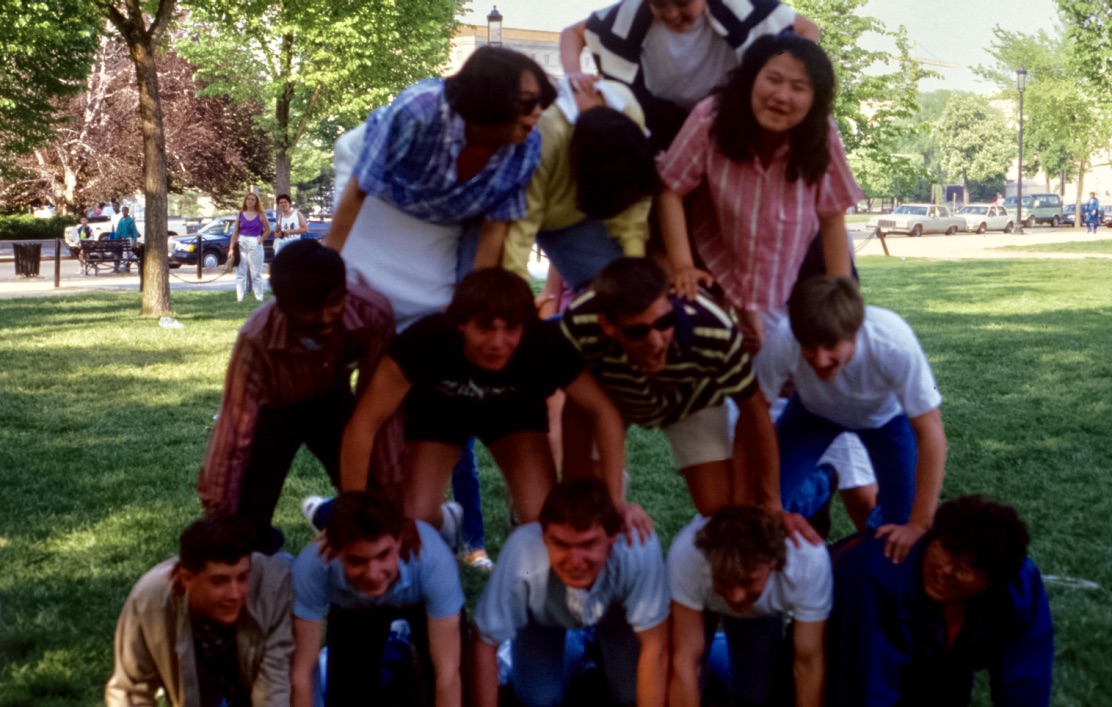
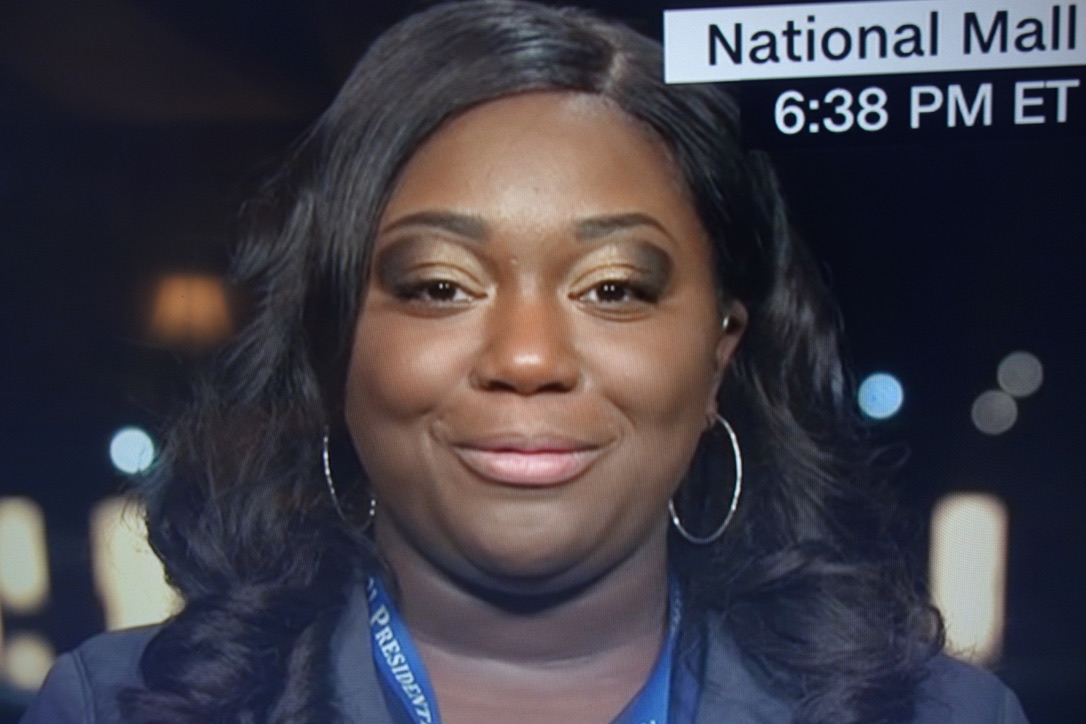
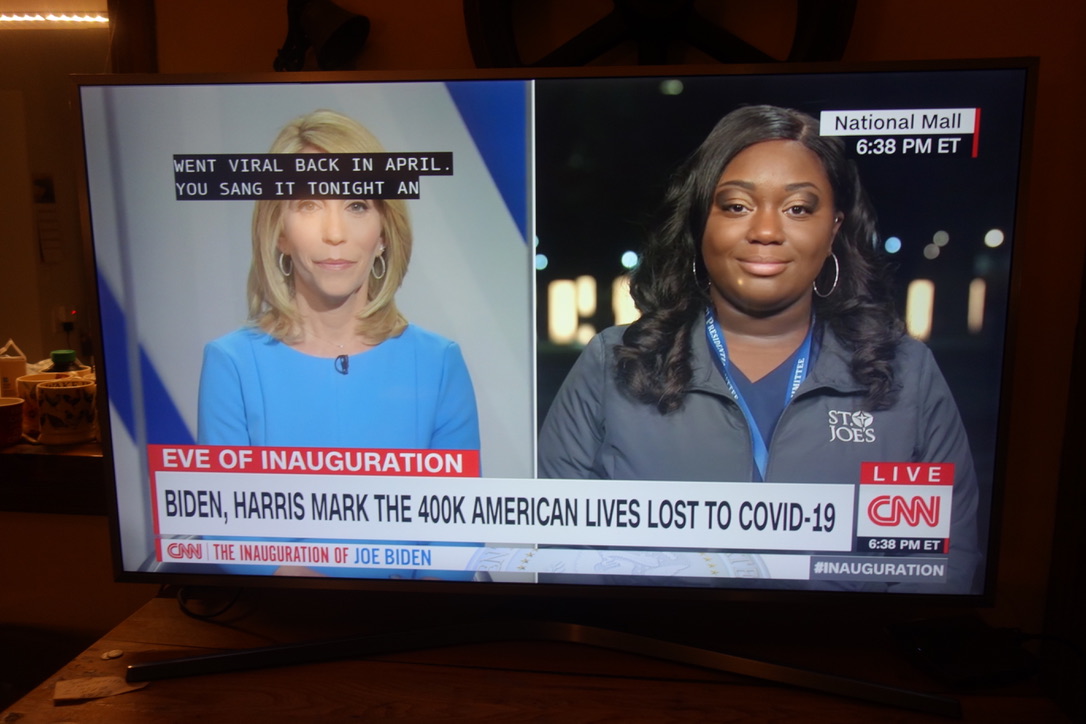


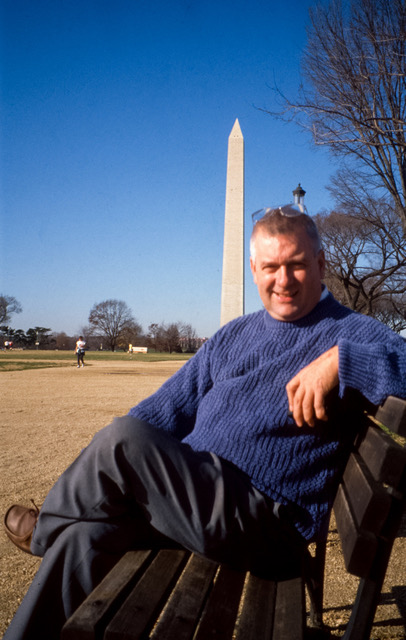

EPISODE 229 URBANISATION … THE BARN THAT ONCE STOOD WHERE a STREET GOES NOW (TRAFALGAR ROAD NEAR HIGHWAY 7
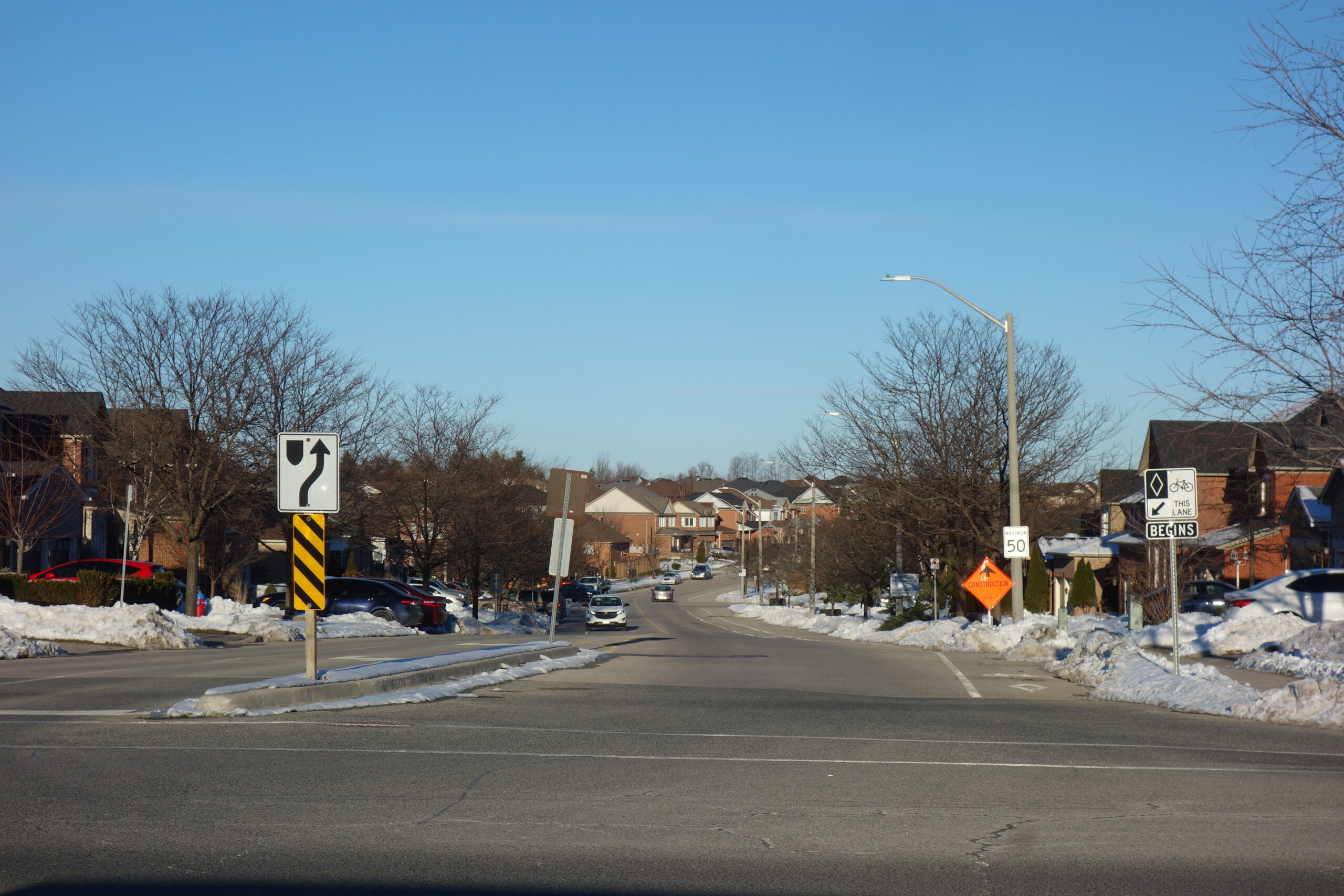
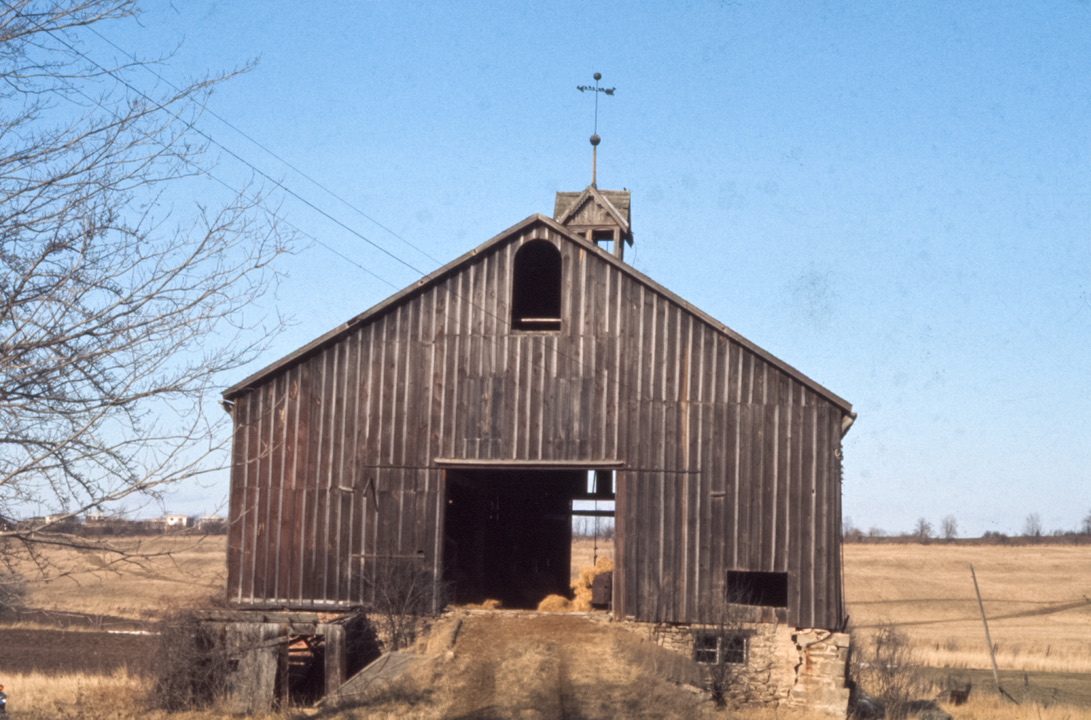
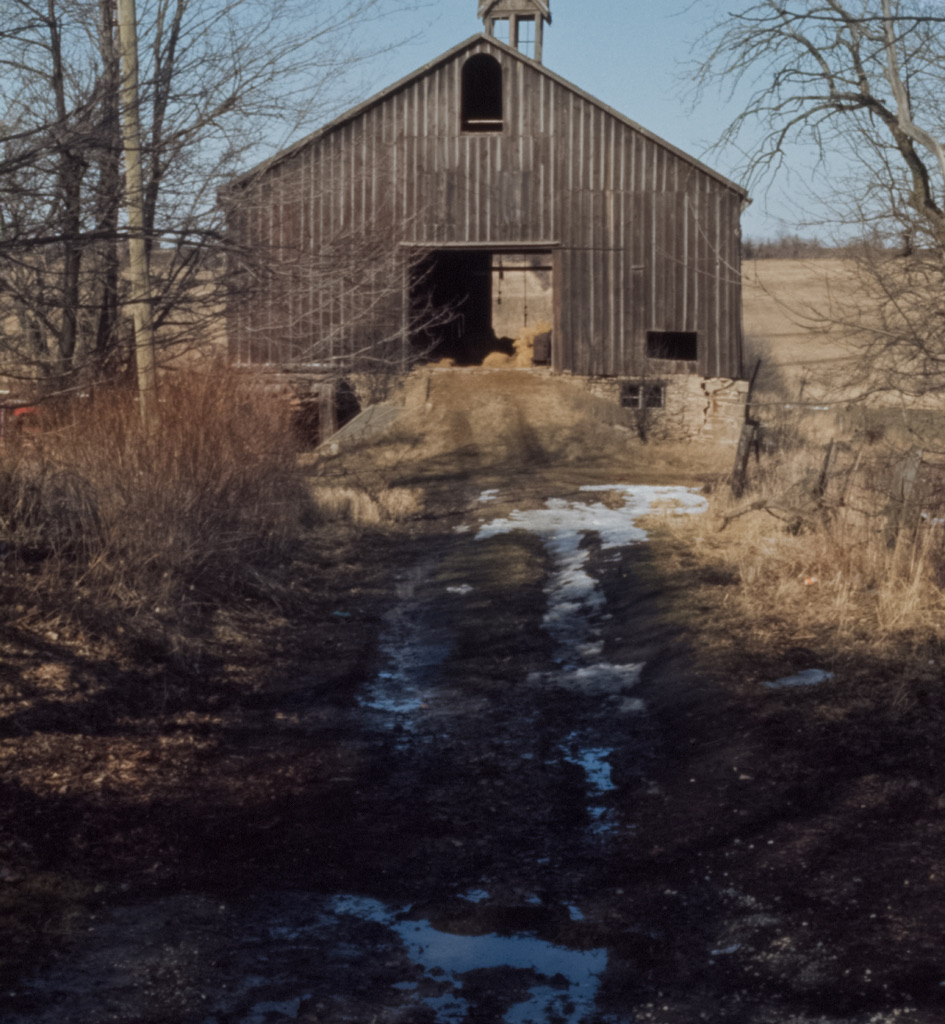


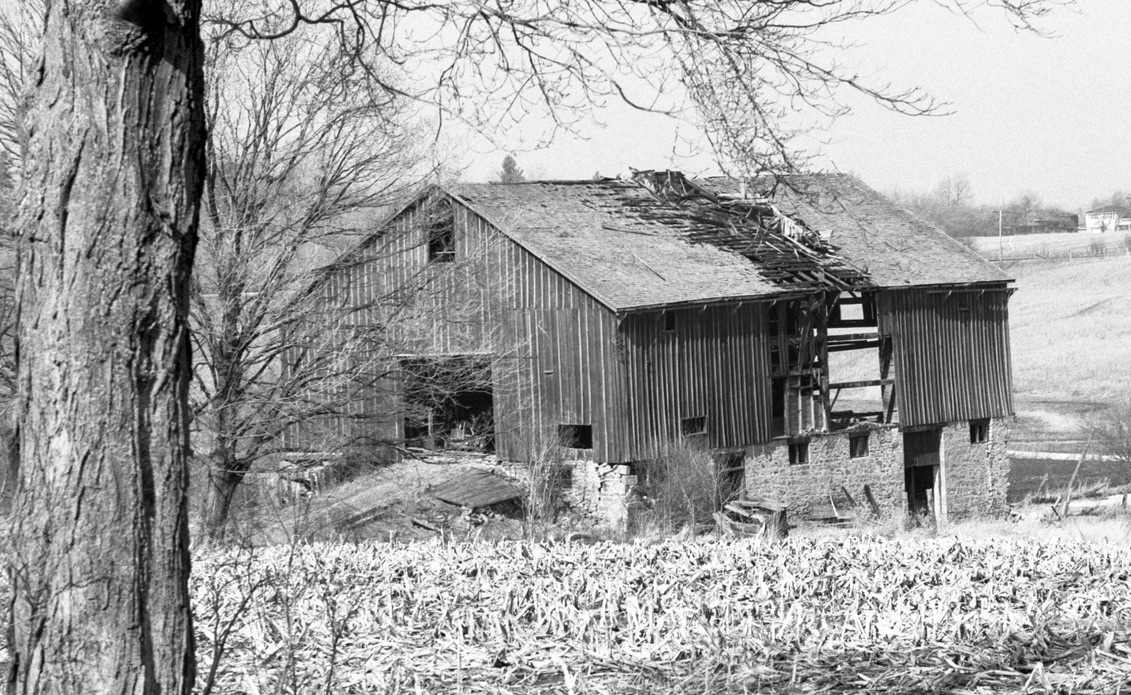

EPISODE 228 YUKON DIARY PERMAFROST IN AN OLD MINING ADIT IN YUKON IN 1962
EPISODE 228 YUKON DIARY PERMAFROST IN AN OLD MINING ADIT IN YUKON (summer of 1962)
